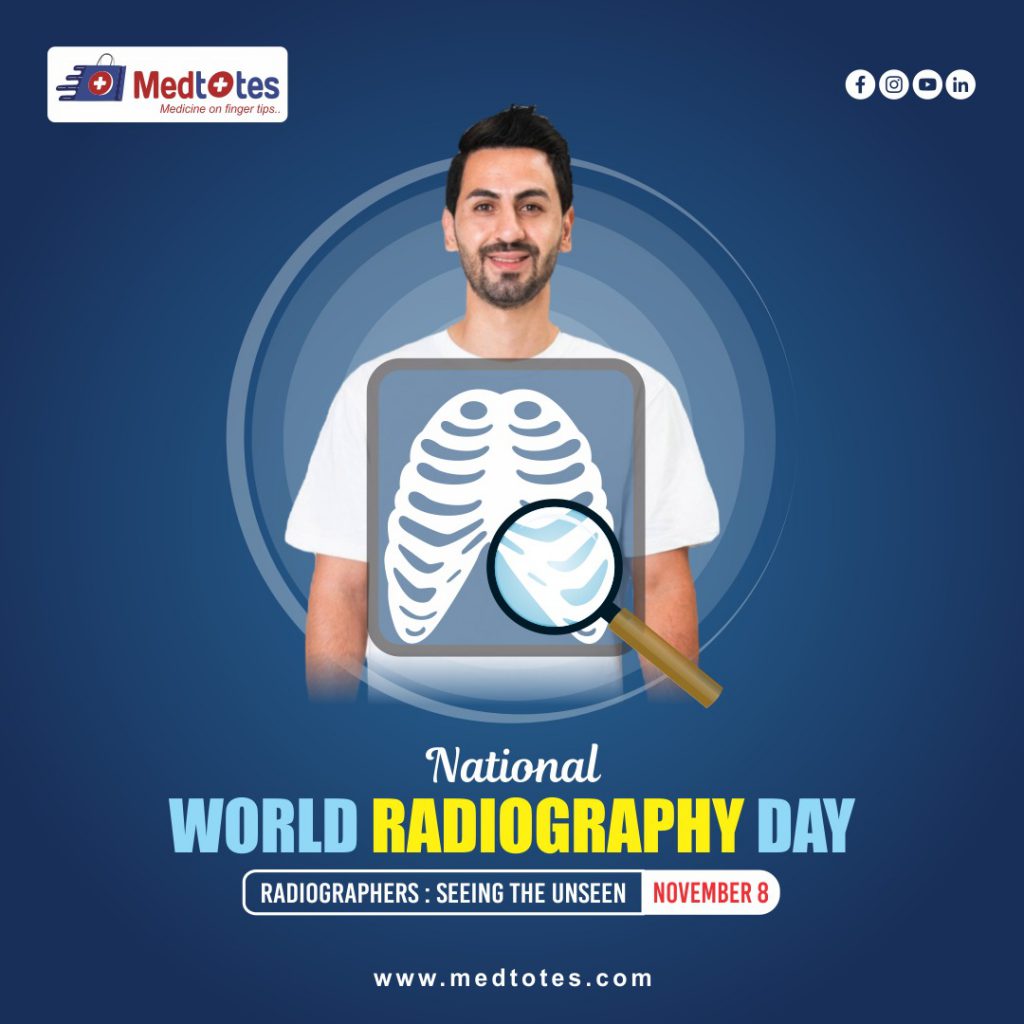I. Introduction
Radiography is a vital field in medical imaging that enables healthcare providers to see inside the body, facilitating accurate diagnosis and effective treatment. This incredible technology, which uses X-rays to capture images of bones, organs, and tissues, is invaluable for managing everything from broken bones to complex diseases. In honor of World Radiography Day, which recognizes the role of radiography in healthcare and celebrates the professionals who bring this technology to life, let’s explore the history of radiography, the roles of radiographers, and why celebrating these contributions is so essential.

II. History of Radiography
The journey of radiography began in 1895 when Wilhelm Conrad Roentgen, a German physicist, discovered X-rays. Roentgen’s curiosity led him to experiment with cathode rays and fluorescent materials, ultimately leading to the groundbreaking discovery of X-rays, which he called “X-radiation.” Soon after, medical professionals began using X-rays to capture images, revolutionizing diagnostics and paving the way for modern radiology. The field expanded with innovations like computed tomography (CT) scans, magnetic resonance imaging (MRI), and ultrasound, each building upon Roentgen’s discovery to further enhance medical imaging.
III. Role of Radiographers
Radiographers are at the heart of radiology, responsible for capturing the images that aid in diagnosing a wide range of health conditions. Their role extends beyond simply operating machines; radiographers are skilled professionals trained to ensure patient safety, position patients for optimal image clarity, and interpret certain aspects of the images to assist physicians. They are well-versed in anatomy, pathology, and radiation protection, ensuring that each imaging procedure is both effective and safe. Radiographers often specialize in areas like mammography, MRI, and CT, each requiring specific expertise and contributing uniquely to patient care.
IV. Celebrating World Radiography Day
World Radiography Day, observed annually on November 8th, commemorates the discovery of X-rays and honors the crucial role radiography plays in modern healthcare. It’s a day to recognize the skill, dedication, and contributions of radiographers around the world, who work tirelessly to provide essential diagnostic support. On this day, radiology departments often hold events to educate the public about radiography’s importance and to highlight advancements in medical imaging. Celebrations include workshops, exhibitions, and campaigns that spotlight the role of radiography in patient care and the efforts of radiographers in ensuring high standards of medical imaging.
V. The Future of Radiography
With advancements in artificial intelligence, digital imaging, and 3D imaging techniques, the future of radiography looks bright. AI-driven tools are beginning to assist radiographers by enhancing image quality, identifying potential anomalies, and even predicting patient outcomes, making diagnostics faster and more precise. As these technologies evolve, radiographers will play an even more critical role in interpreting complex data and maintaining the human touch in patient care.
VI. Conclusion
Radiography, a vital field in modern healthcare, has evolved significantly since the discovery of X-rays. Radiographers bridge technology and patient care, ensuring accurate diagnoses and effective treatments. As World Radiography Day celebrates their vital role, we acknowledge their dedication, compassion, and expertise in making a difference in patients’ lives worldwide. We look forward to future innovations that will elevate their contributions.
